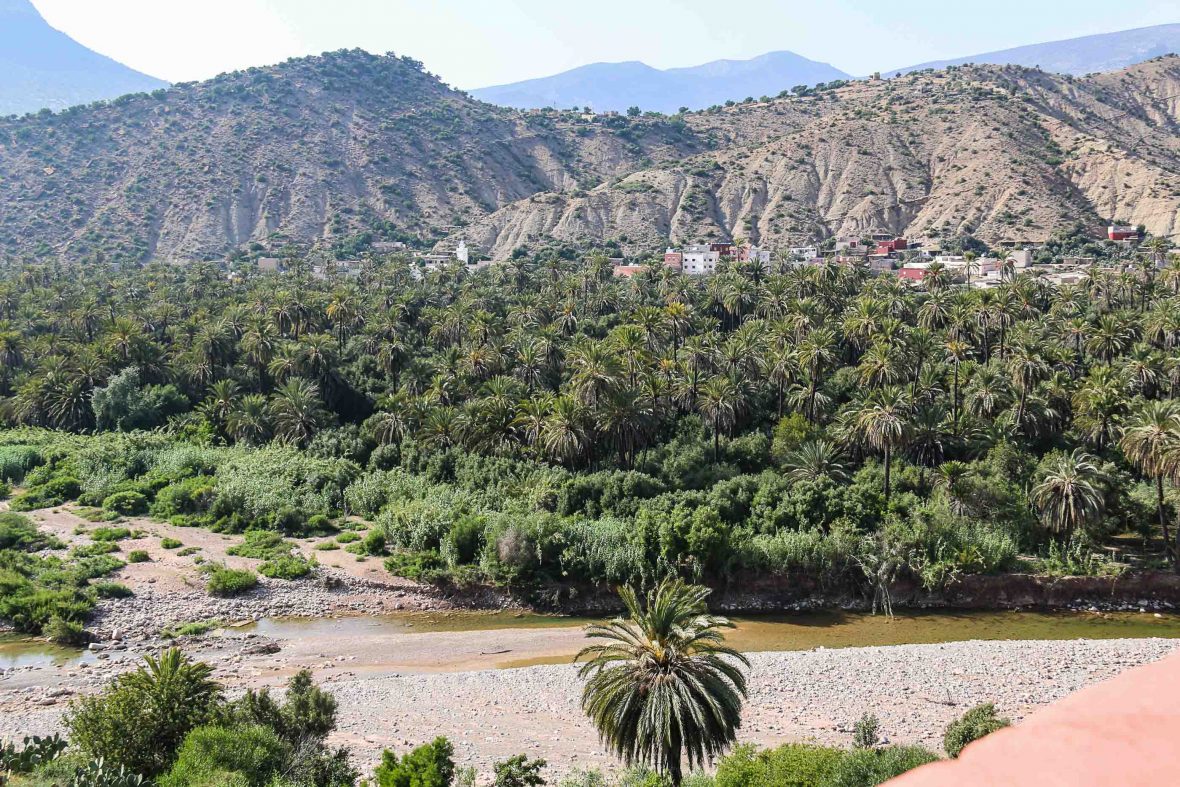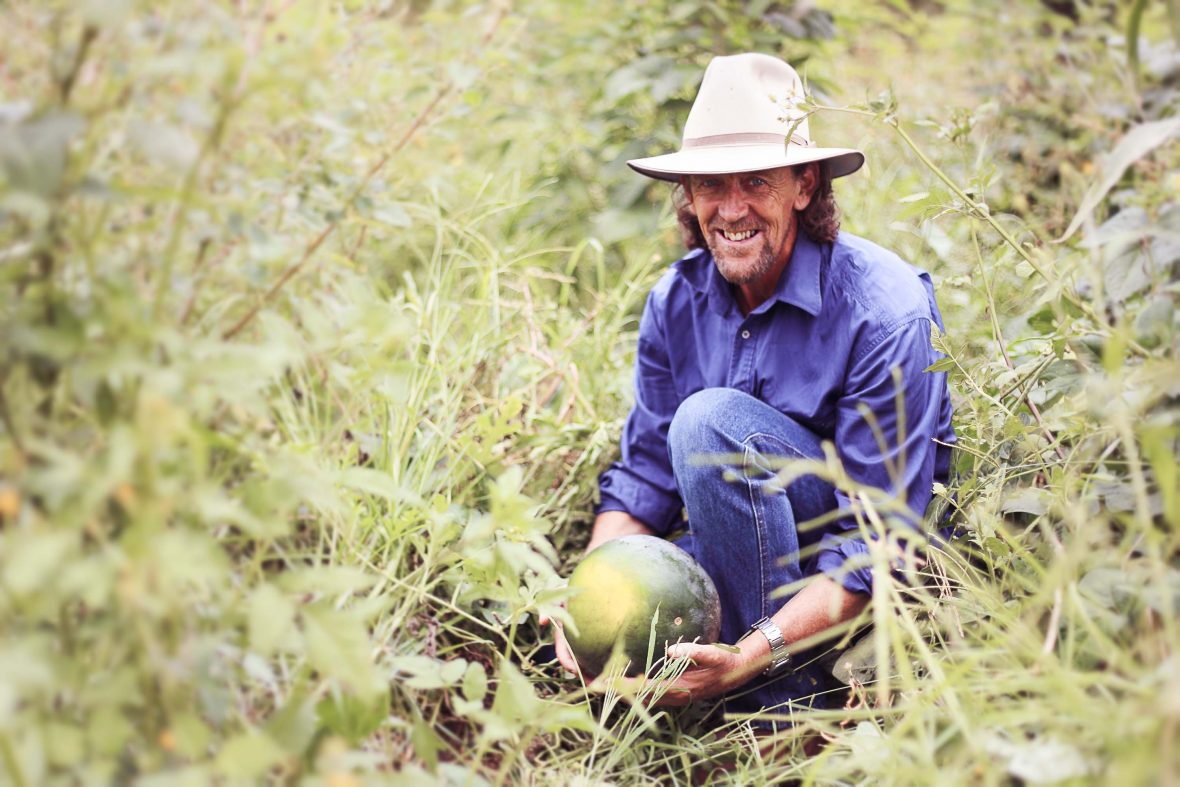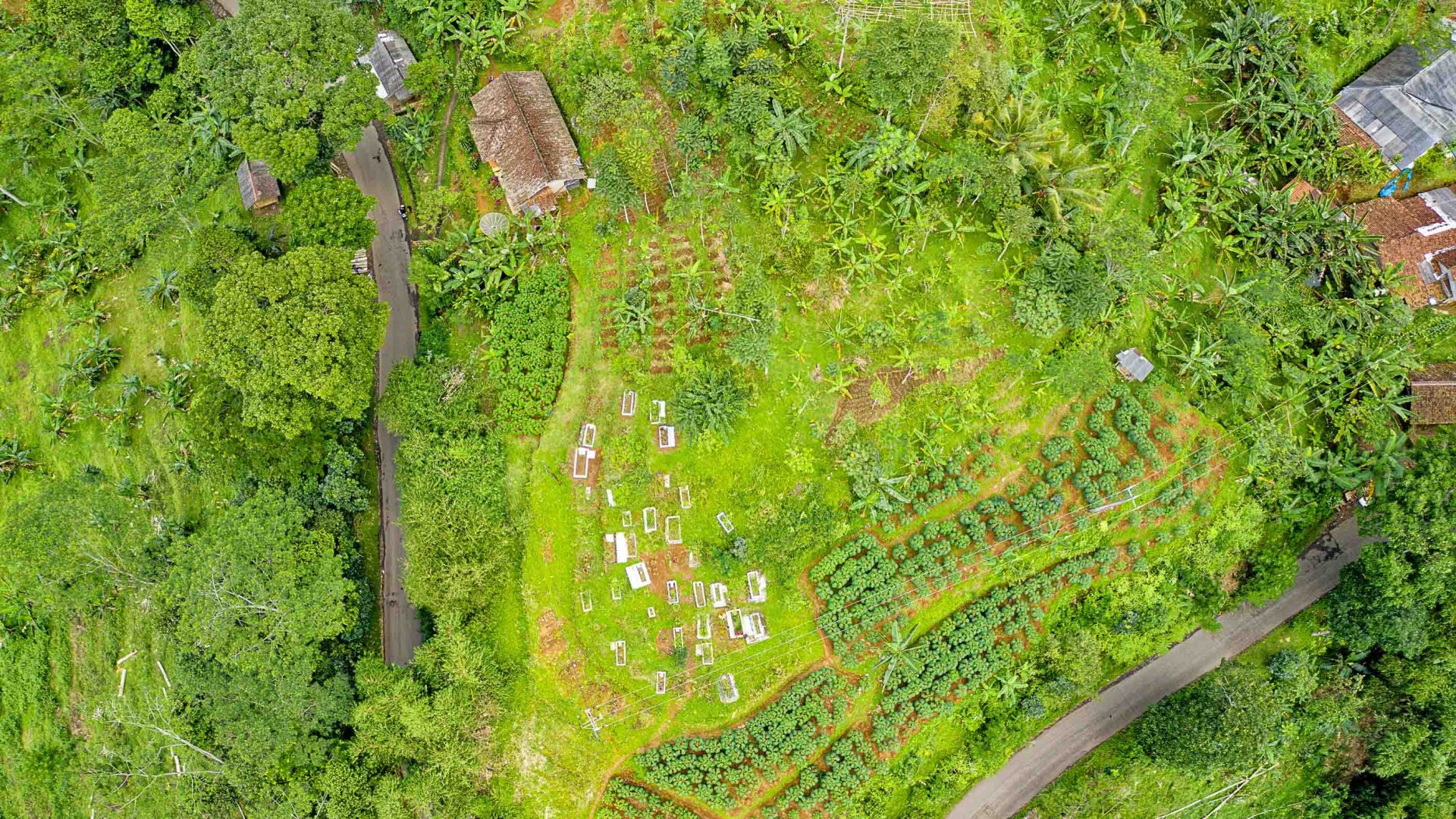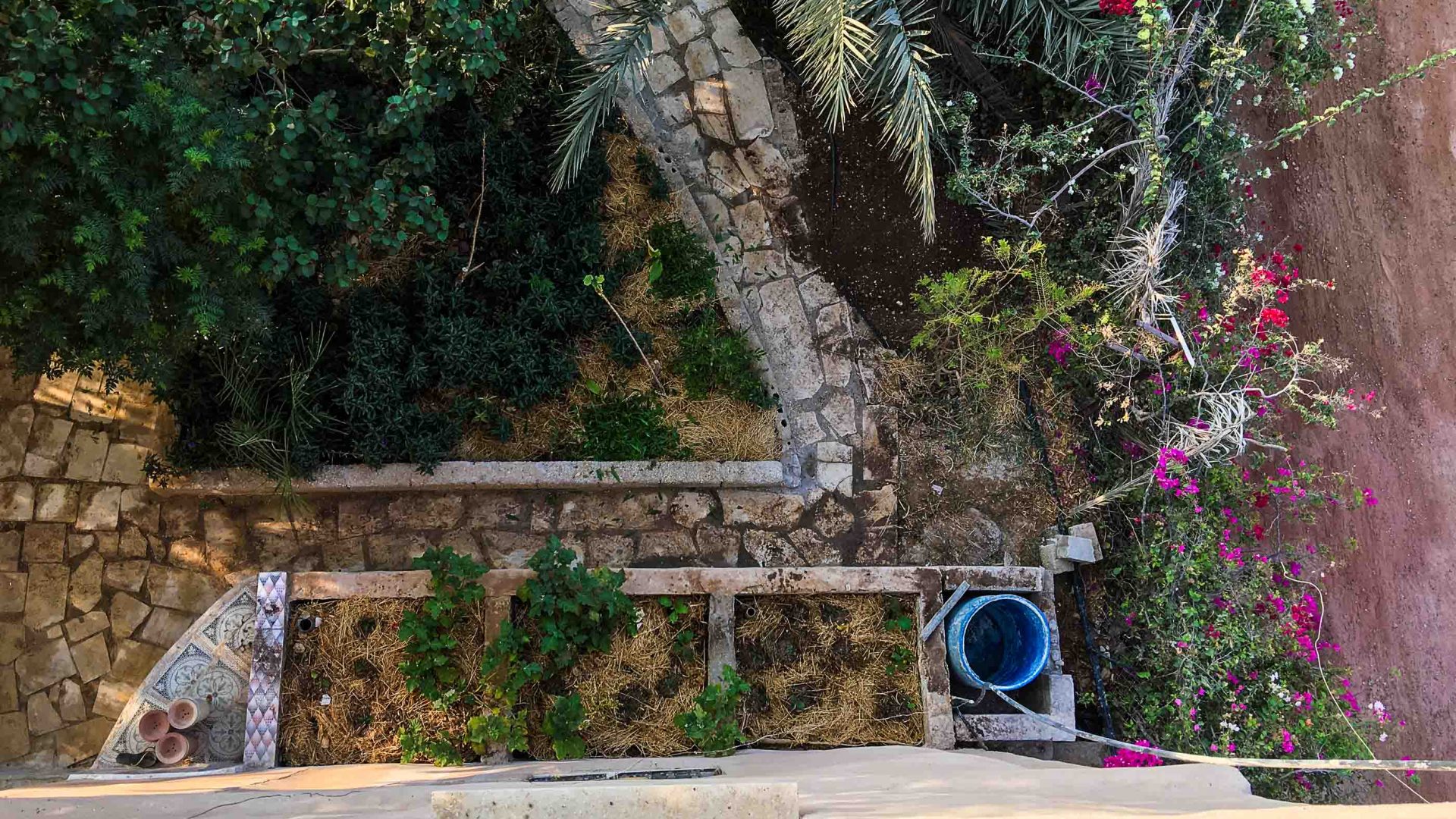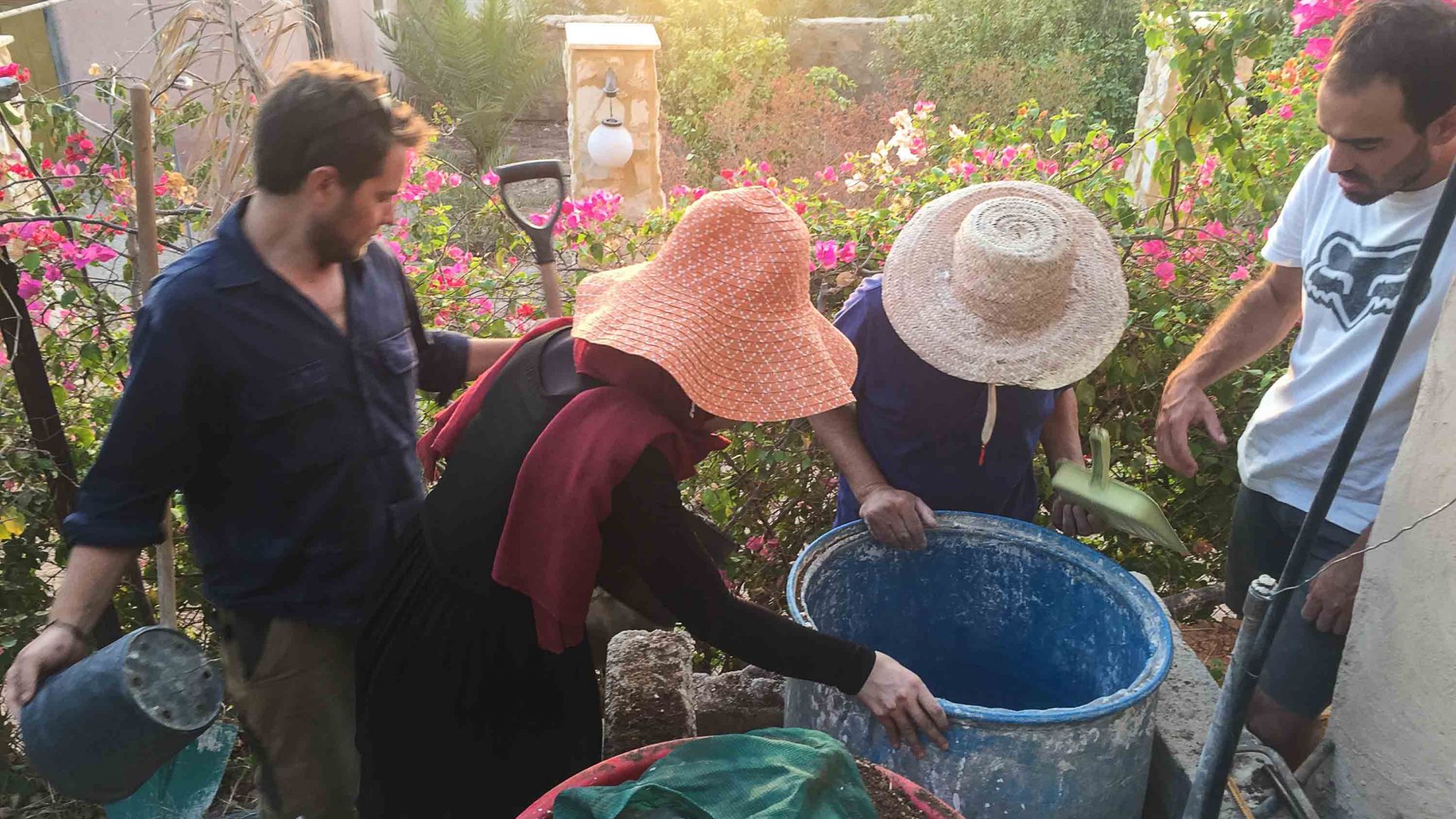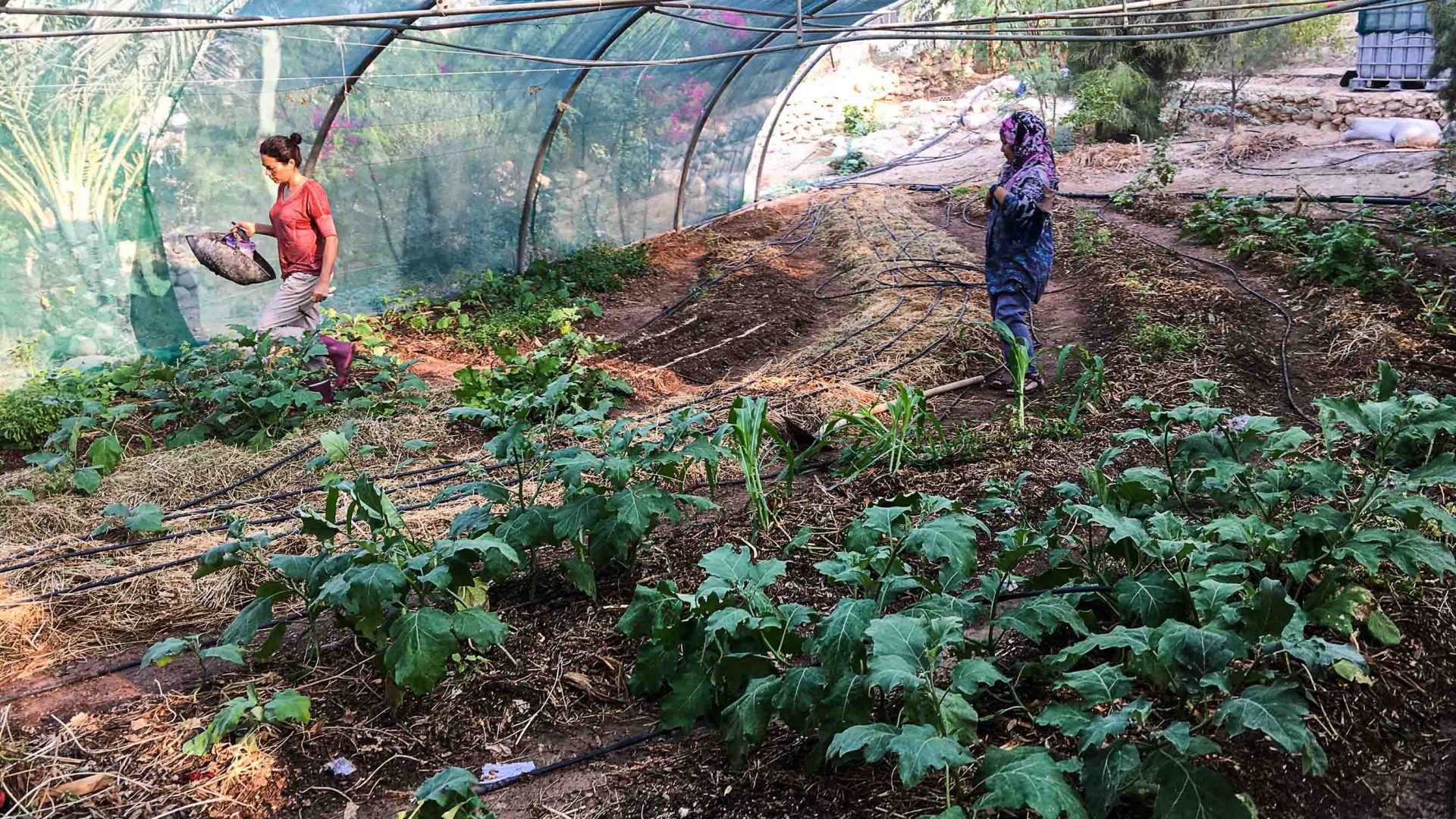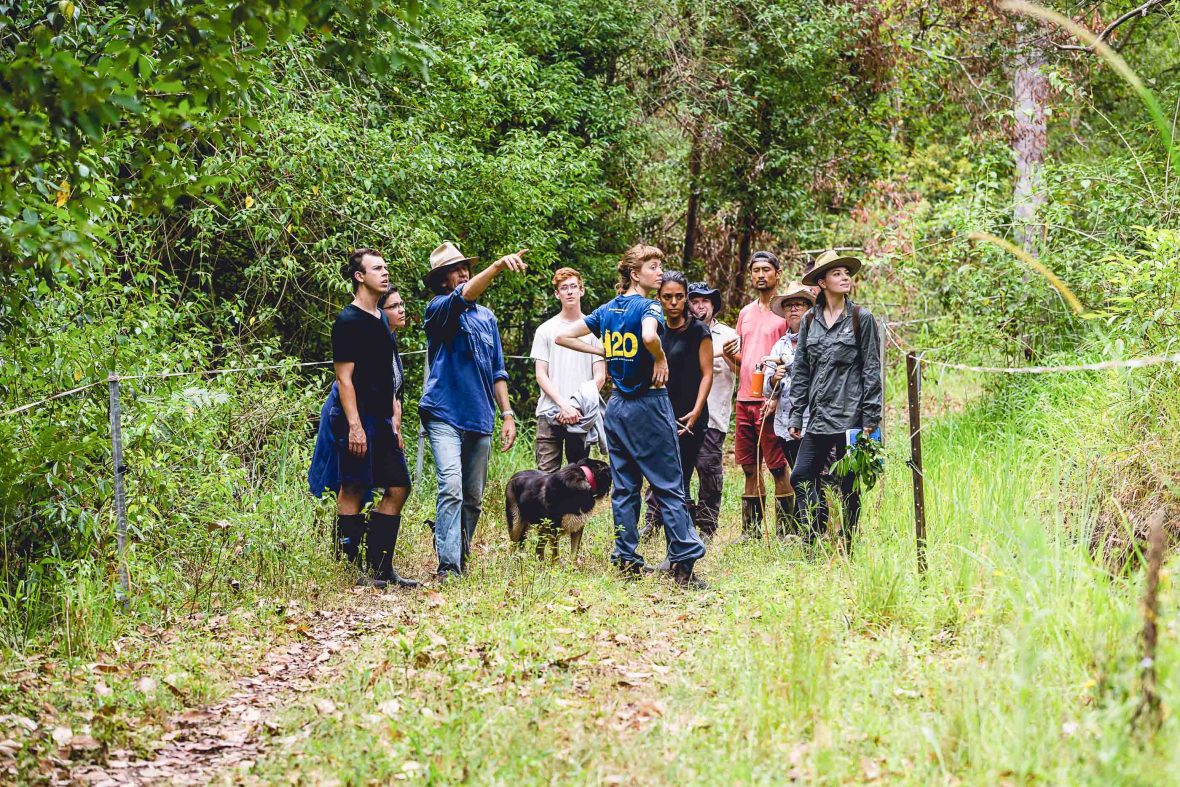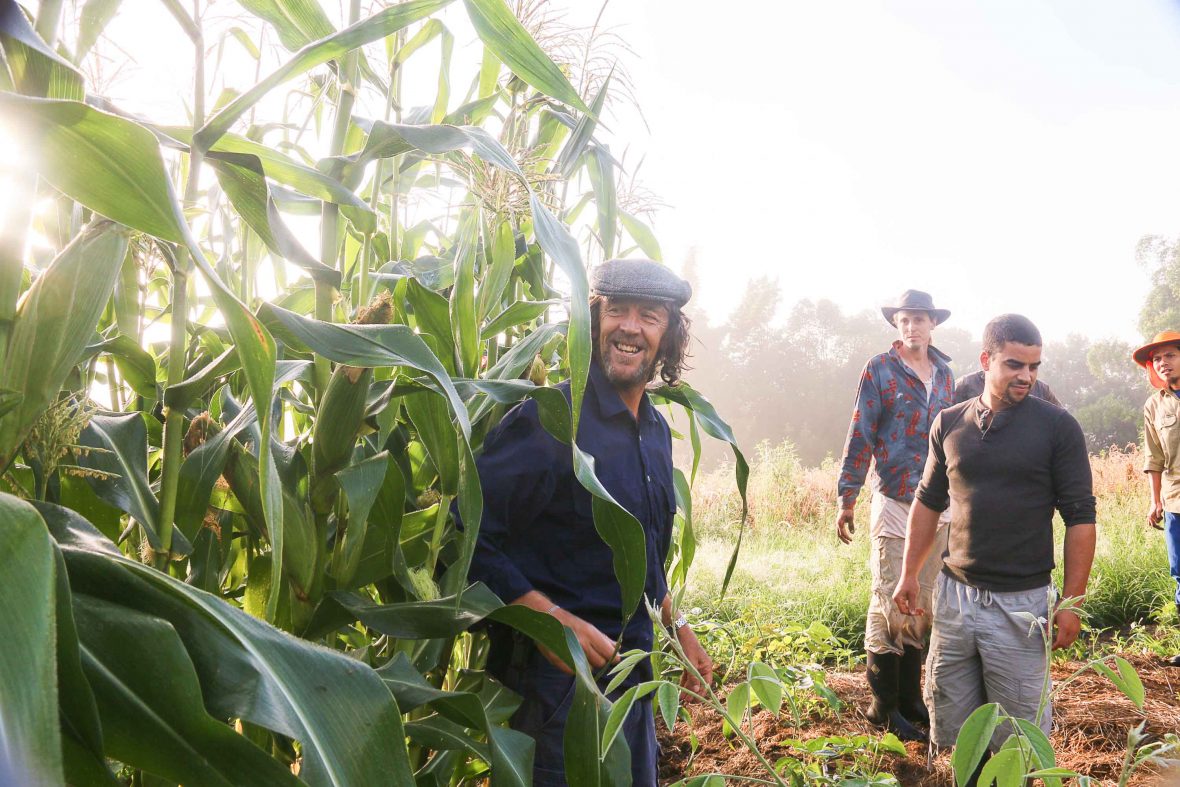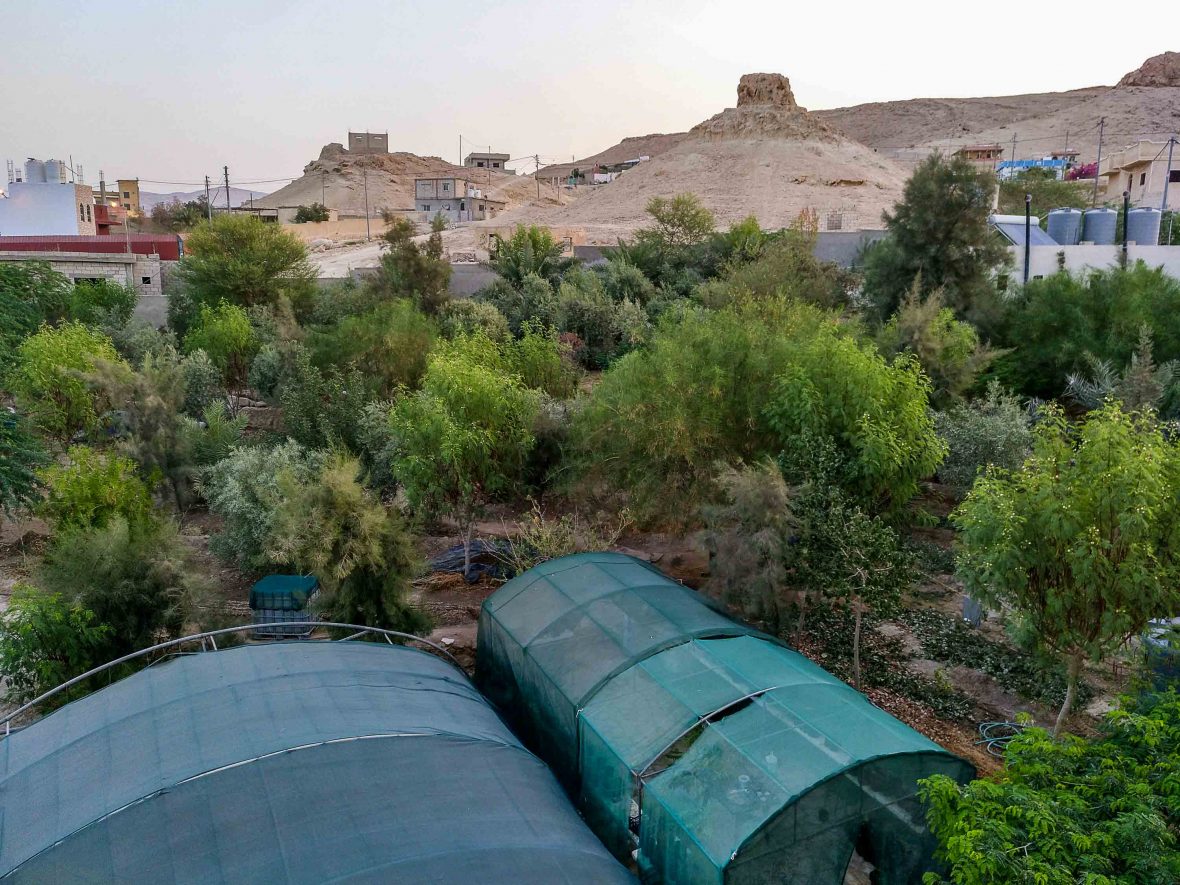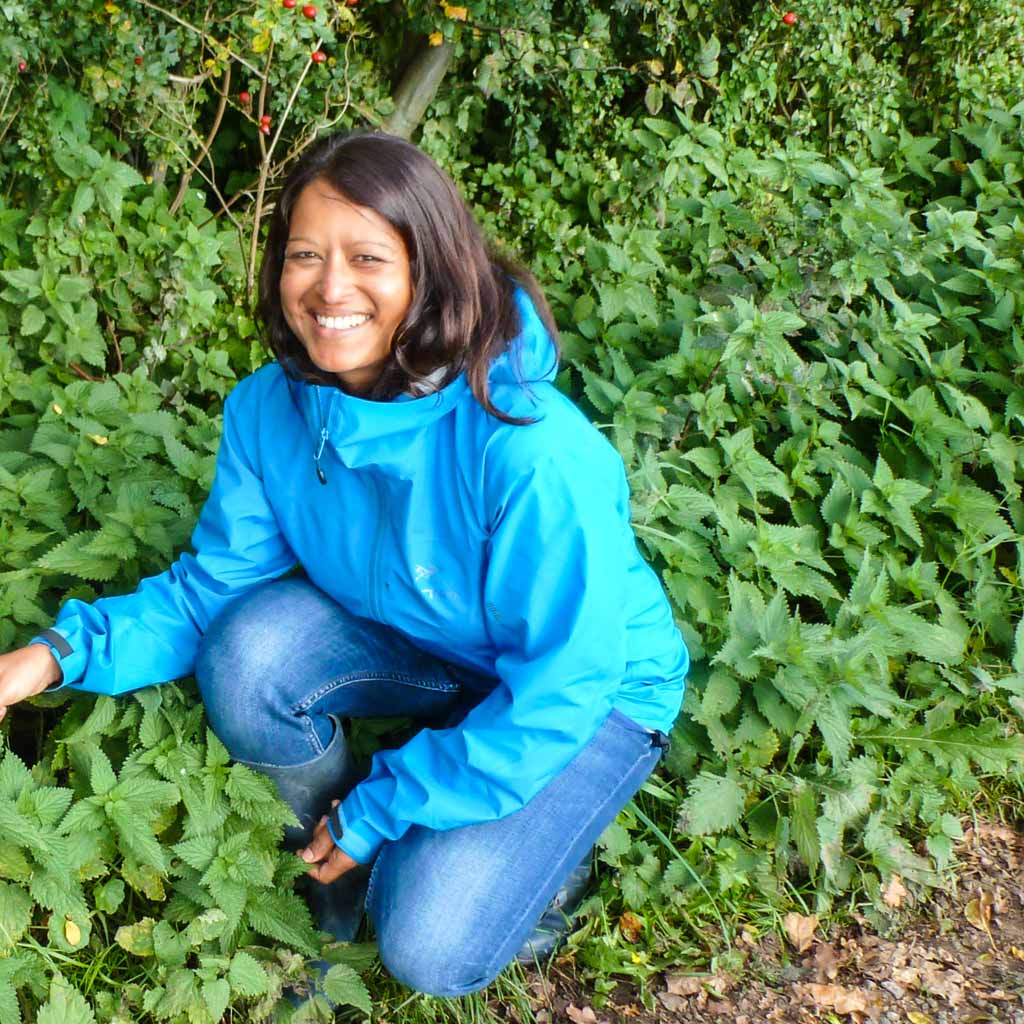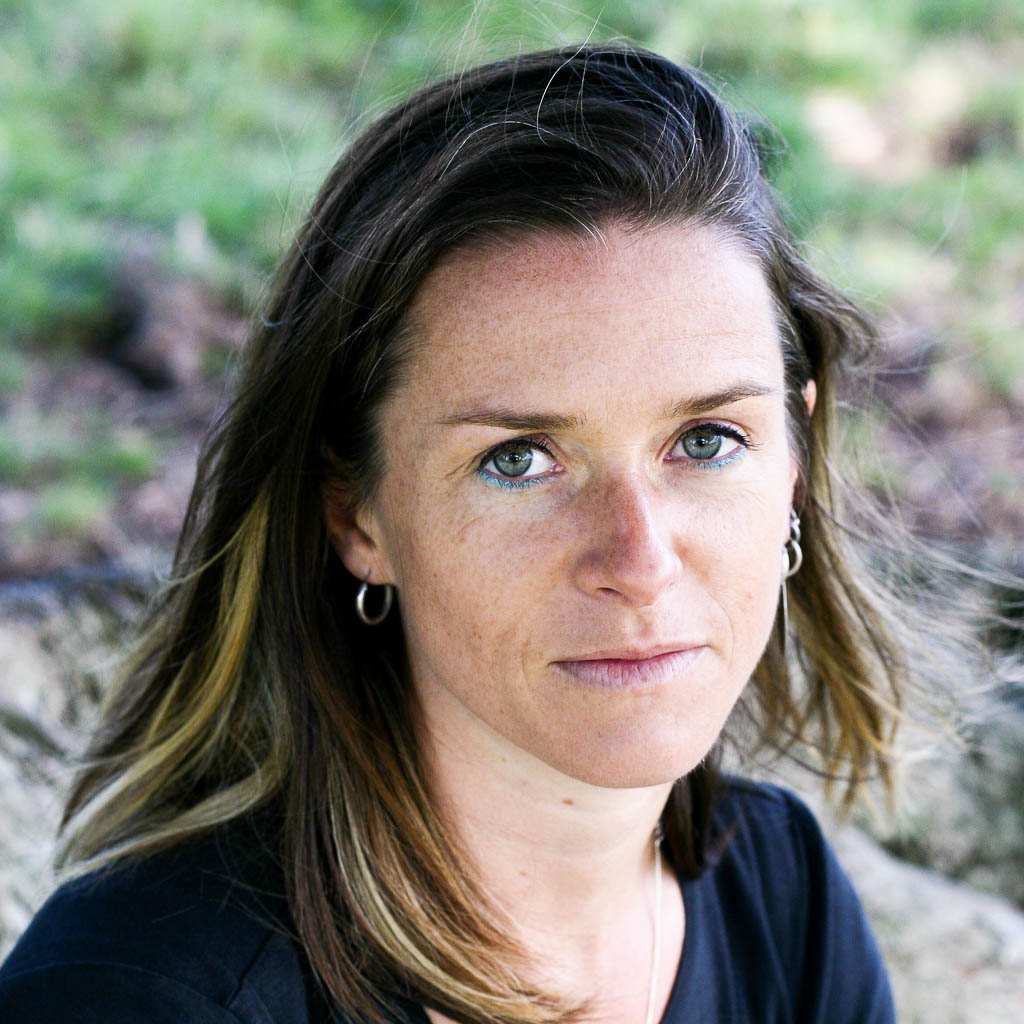Editor’s note: This article was published before the coronavirus pandemic, and may not reflect the current situation on the ground.
After stumbling upon an ancient food forest in the ’70s, Geoff Lawton dedicated his life to agroforestry. Today, some scientists believe these edible forests might hold the key for feeding the entire planet.
In 1975, Geoff
Lawton was 21 years old, surfing with friends on the west coast of Morocco. It
was something they did every year. Get seasonal jobs, rent kombi vans, camp on
the wild beaches near Agadir and ride the North Atlantic swells. Then one day,
the waves went flat.
“The surf died,” says Geoff over the phone from his home in rural New South Wales, Australia, “and people were talking about this place called Paradise Valley, up in the Atlas Mountains, a hidden place, full of palm trees and running water. So we went looking for it.”
The trail took
them on dirt roads, up through Morocco’s high passes to a little village called
Inraren. The group stopped to ask for directions, and Geoff wandered off into
the forest. As he moved through the trees, it slowly dawned on him that
something was weird. It was cool
here.
There was a wisp of vapor on the ground. And the plants were all wrong … Bananas, oranges, dates, guavas and lemons, all growing on top of one another like some bucolic buffet. Quinces dangled next to mulberries, chickens scratched and flapped through the undergrowth, and there was a small herb garden, surrounded by a grove of wild olives.
RELATED: Inside India’s war on plastic waste
“It looked like a valley desert oasis,” Geoff says, “I was fascinated by it. And it stayed with me, that image. I took a couple of photos on my Instamatic camera, which is pretty cronky by today’s standards, but still, I was reasonably sure I hadn’t imagined it.”
Little did he know, but Lawton had just discovered the ancient food forest of Inraren—a cultivated patch of 65 acres, lost in the jungle and fed by deep, underground springs. Experts believe it’s been harvested continually since before Christ, which makes it one of the oldest sustainable agriculture systems in the world.
He grew a complex ecosystem on his property in Wenlock Edge, Shropshire, built on ancient food forest principles: An arching canopy of mature fruit trees, an undergrowth of fruit bushes, shrubs and perennial vegetables, vertical vines and creepers, and a ‘rhizosphere’ of underground roots and tubers. Everything edible, everything growing at once.
For the young Geoff Lawton, this was a world-changing idea. “I visited Robert Hart’s food forest in England and Graham Bell’s system in Scotland and I started finding food forests everywhere, some of them really radical,” he says. “I even found one on the beaches of Trinidad and Tobago. I never realized that this coconut food forest and Inraren’s date forests were part of the same history of sustainable permanence.”
After traveling all over the world, Lawson returned to Morocco. He wanted to learn what made Inraren tick. “It hadn’t changed much in 28 years,” he says. “I learned about the origins of the fruit trees and the way the climate works. I talked to the old farmers. The locals had a system that was stable, and they just had to pick it. Incredibly low-maintenance. It didn’t look like a farm, it looked like a forest. But it was a forest of food.”
In the ‘80s and ‘90s, all this was considered interesting, but more or less insignificant. Who needed ancient, 65-acre jungle gardens when modern agriculture and genetically engineered mono-crops could feed a thousand times, a million times, more people?
RELATED: The social enterprise changing lives and cleaning up Cambodia
But attitudes towards food forests are beginning to change, and many scientists now believe they might be the key, not just for feeding small Moroccan communities, but for feeding the entire planet. “They more or less remove the need for agriculture, which is one of the most destructive processes mankind has come up with,” says Geoff. “One of our biggest problems globally is soil erosion, and it’s unsolvable with modern agricultural practices. Soil is everything when it comes to ecology.”
This is a big problem. In her 2019 address, the deputy director-general of the UN’s Food and Agriculture Organization, Maria Helena Semedo, issued a pretty dire warning: “The equivalent of one soccer pitch of soil is eroded every five seconds,” she said. “The planet is on a path that could lead to the degradation of more than 90 per cent of all the Earth’s soil by 2050.”
But the beauty of food forests is that they give back more than they take: They actually enrich the soil. Forest gardens are resilient to pests, need very little tending, and produce more food, pound for pound, than Silicon Valley’s most cutting-edge agritech.
Geoff calls it ‘urban agriculture’, and he reckons we can start right now. “Your average farmer looks at 64 square meters and thinks, ‘It’s a postage stamp. It’s not even worth thinking about’,” he says, “but urban agriculture can outproduce industrial agricultural per square meter by a long way. And if you want to compare the nutrition, the energy input and the transport costs, you win by thousands of times.”
Geoff knew that if permaculture and food forests were ever going to take over the world, he had to do more than just tell people. He needed to show them. So in 2009 he started a food forest in the craziest place he could think of: The Jordanian desert, 400 meters below sea level, about two klicks from the Dead Sea.
“When we started, there was nothing there. Just dust and sand.” says Geoff. “Then, after a few years, we had some trees, and birds started arriving. Then a tortoise arrived, and I was looking around thinking, ‘How the hell did this tortoise get here through the desert?’ Then a hedgehog arrives. Then some frogs. Trees started to germinate where trees had never germinated before. Nature began to magnetize. Suddenly, I was living in a thriving desert greenhouse.”
Geoff’s Jordan project became the template for modern food forests, spawning urban spin-offs in cities all over the world, including the famous Beacon Food Forest in Seattle. But he says this is just the beginning, that one day we’ll turn cities into gardens, car parks into forests. The first step is to give up the illusion that we’re in control.
“You design the system and even teach the system, then it teaches you,” he says. “It dictates the evolutionary path it wants to follow. So you become the steward of the evolutionary process, not the overlord. All you have to do is sit back and watch.”



